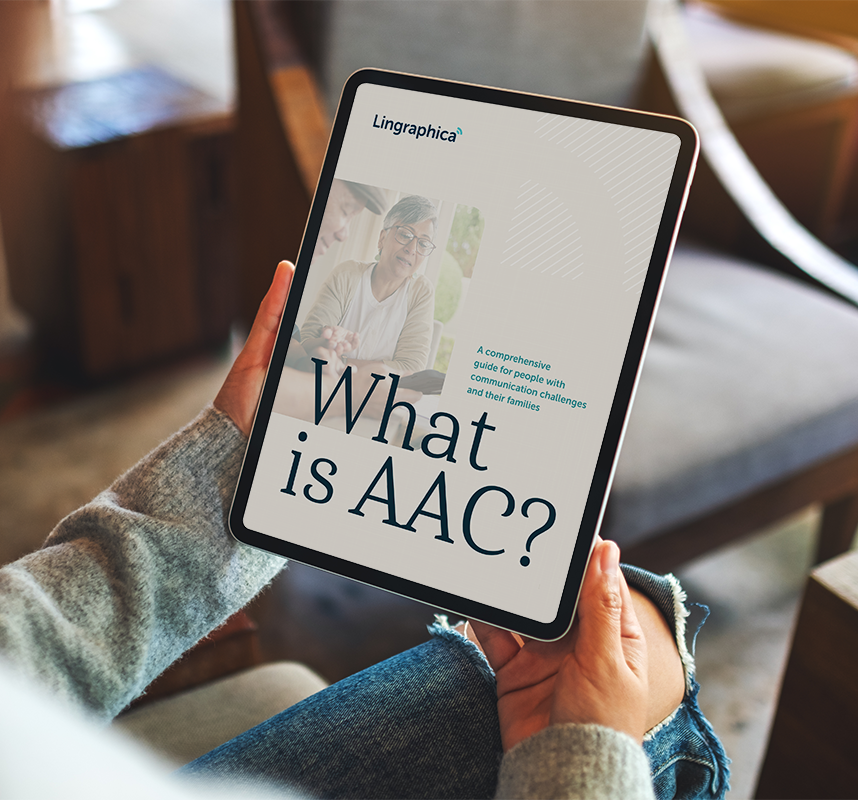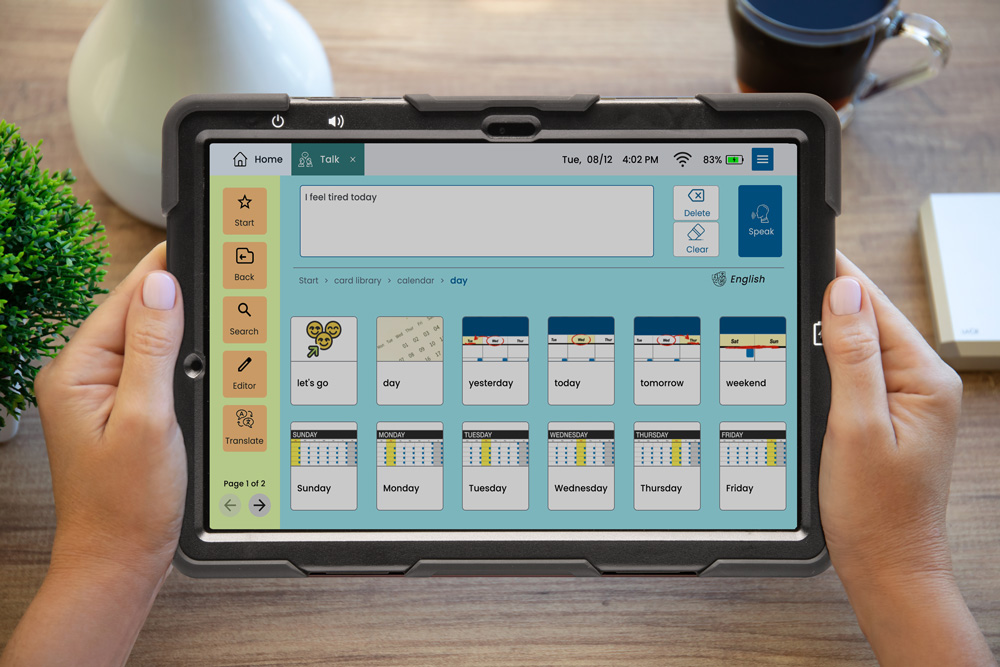
Take Our Speech Teletherapy Course
In our course on speech teletherapy, Speech Language Pathologists (SLPs) will learn about the benefits of telehealth and how to get started. We’ll explore key aspects, including:
- the multiple benefits of teletherapy, including increasing accessibility, efficiency, and flexibility for both clinicians and patients
- best practices for treating patients in a virtual setting
- technical resources and software tools to increase the effectiveness of treatment
As we enter into a new and somewhat unfamiliar world of virtual healthcare, there are a wealth of unknowns. Clinicians have concerns around compliance and evidence-based treatment options, and confusing technology and new terminology can present challenges for both patients and their caregivers.
The benefits of teletherapy are numerous, including greater flexibility, efficiency, and accessibility for both clients and SLPs. Patients don’t need to spend time in a waiting room, and SLPs don’t run the risk of commuting to a session only to find out that it’s been cancelled. Patients who opt for speech teletherapy are also less likely to cancel their sessions due to things like transportation issues or illness.
The wide range of resources available today makes it easy to target almost any kind of therapy. Just like during in-person sessions, SLPs can customize treatment plans and target specific goals. Advanced technology allows clinicians to use a broad selection of tools to improve their treatment.
Most importantly, teletherapy is accessible. SLPs are able to log in from anywhere, at any time, and patients with inadequate access are able to receive the treatment they need. Clients who live in remote areas are able to access treatment without driving an hour or more each way to appointments. It also makes therapy accessible to patients without reliable transportation.
Studies have shown that teletherapy is as effective as in-person treatment. Patients have shown improvements in communication and independence, as well as a reduction in the severity of their communication disorders.
As in in-person treatment, leveraging available software tools and features can improve teletherapy’s effectiveness. These include screen sharing, annotation, high-speed internet, and a high-quality camera. We break down which tools are necessary to get started with teletherapy and which are optional but nice to have. We also provide suggestions for HIPAA-compliant video platforms.
We review best practices for delivering teletherapy, including how to screen for candidacy and engage care partners in your sessions. We also cover key techniques for implementing evidence-based therapy in the virtual world.
Lingraphica’s free one-hour ASHA-approved CE course, “So You Know How to Use Zoom… What’s Next? Beyond the Basics of Teletherapy,” covers the best practices for teletherapy and advanced teletherapy techniques. This course answers questions and addresses concerns that have come up around telehealth, including compliance, billing, and documentation. We include examples of basic virtual therapy activities and discuss clinical best practices. We also provide information about incorporating AAC devices into your teletherapy practice.
This course is broken down into sections and covers everything from key issues related to teletherapy to building a solid technical foundation for virtual treatment. We also discuss how to begin conducting virtual AAC device trials with your patients. We walk you through how to translate common therapy techniques to the virtual healthcare world and discuss using different online therapy platforms. By taking this course, SLPs will build a foundational understanding of teletherapy and how to best translate their skills into the world of telehealth.
So You Know How to Use Zoom… What’s Next? Beyond the Basics of Teletherapy
To learn more about getting started with speech teletherapy, watch our free CE course, “So You Know How to Use Zoom… What’s Next? Beyond the Basics of Teletherapy”.
About Contributor
Lingraphica helps people with speech and language impairments improve their communication, speech, and quality of life. Try a Lingraphica AAC device for free.













